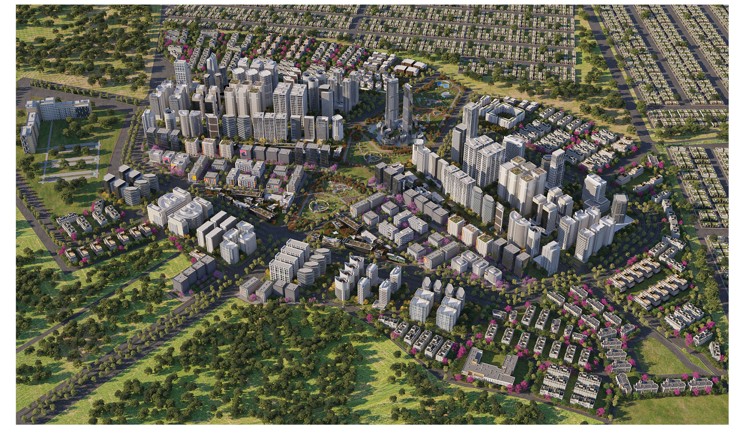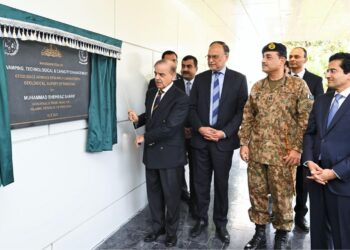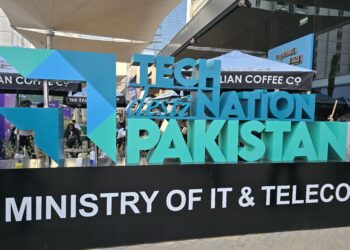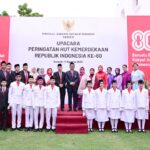Zulqarnain Khan

Lahore: In the heart of Lahore, where history and modern ambition intersect, Pakistan’s most ambitious digital infrastructure project is taking shape. The Central Business District (CBD) NSIT City, envisioned as the country’s largest IT park, is set to redefine Pakistan’s technological landscape and accelerate its digital transformation.
Backed by the Punjab government, the CBD NSIT City project aims to become a hub for innovation, housing state-of-the-art office towers, incubation centers, residential spaces, and advanced digital infrastructure. The development aligns with Pakistan’s broader goal of transitioning from a consumption-driven economy to one based on technology, exports, and knowledge creation.
Pakistan’s digital sector has shown encouraging growth, with IT exports surpassing $2.6 billion in 2022–2023. With 64% of its population under 30 and more than 600,000 active freelancers, Pakistan ranks among the world’s top three freelance economies. Lahore, already home to emerging startups like Bykea and Finja, offers fertile ground for this transformation.
However, experts caution that success will depend on more than just infrastructure. Reliable energy supply, efficient regulation, and a business-friendly environment are essential for the project’s long-term viability — lessons drawn from global models such as Bangalore and Shenzhen.
Persistent challenges remain. Pakistan’s large-scale development projects have often faced bureaucratic delays, cost overruns, and governance lapses. Ensuring transparency and continuity will be crucial to avoiding stagnation. Similarly, retaining digital talent remains a pressing issue, as a majority of young professionals seek opportunities abroad. Enhancing pay scales, training programs, and career pathways will be key to building a sustainable tech ecosystem.
For investors, consistency in policy and clear regulatory frameworks will determine confidence. Despite Pakistan’s volatile economic backdrop, the strategic location of CBD NSIT City — integrated into Lahore’s urban fabric and linked to universities and startups — could create a collaborative innovation ecosystem.
Ultimately, the project’s true test lies in its ability to deliver results that inspire confidence in Pakistan’s governance, human capital, and execution capacity. If implemented effectively, CBD NSIT City could emerge not just as a landmark in infrastructure, but as the cornerstone of Pakistan’s digital transformation.
As Lahore evolves once again — from a cultural capital to a digital one — CBD NSIT City may well define the next chapter of Pakistan’s economic and technological future.























